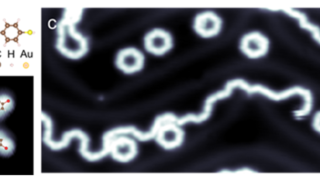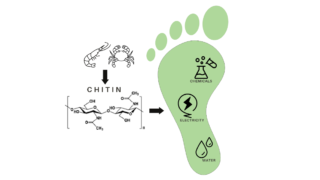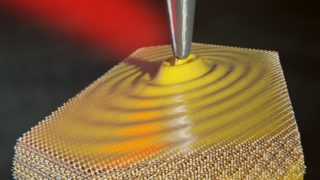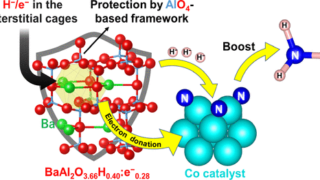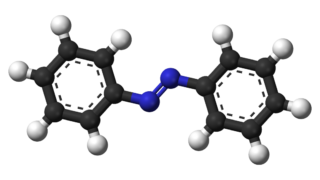
Tunneling electrons excite a superconducting pair-breaking transition in the presence of magnetic impurities
Condensed matter • DIPC Advanced materials • Materials • Quantum physics
The development of superconducting devices was greatly stimulated after the acceptance of the basic theory of superconductivity proposed in 1957 by John Bardeen, Leon Cooper, and Robert Schrieffer – BCS theory. The basic idea is that the electron waves in the superconducting state no longer act independently, as in Bloch’s model. Instead, they are paired […]


